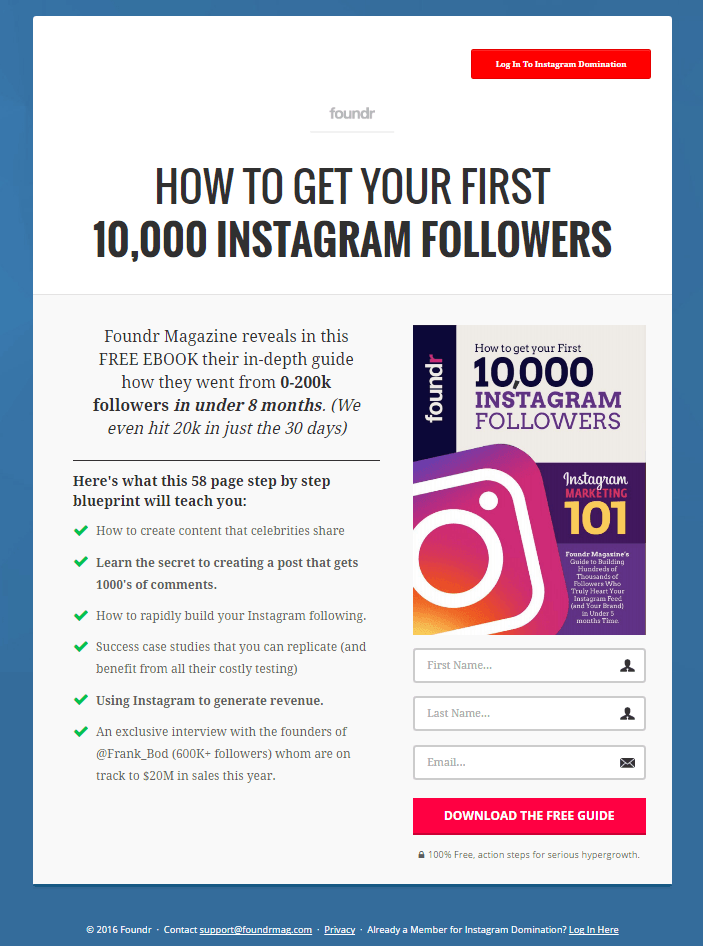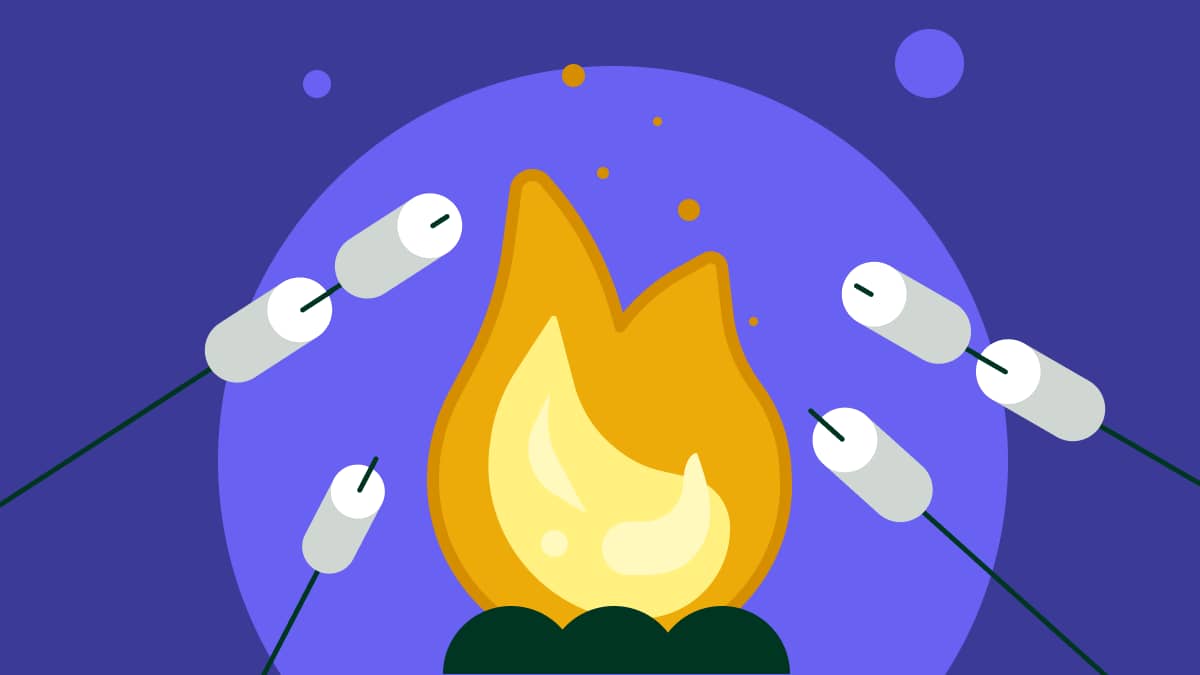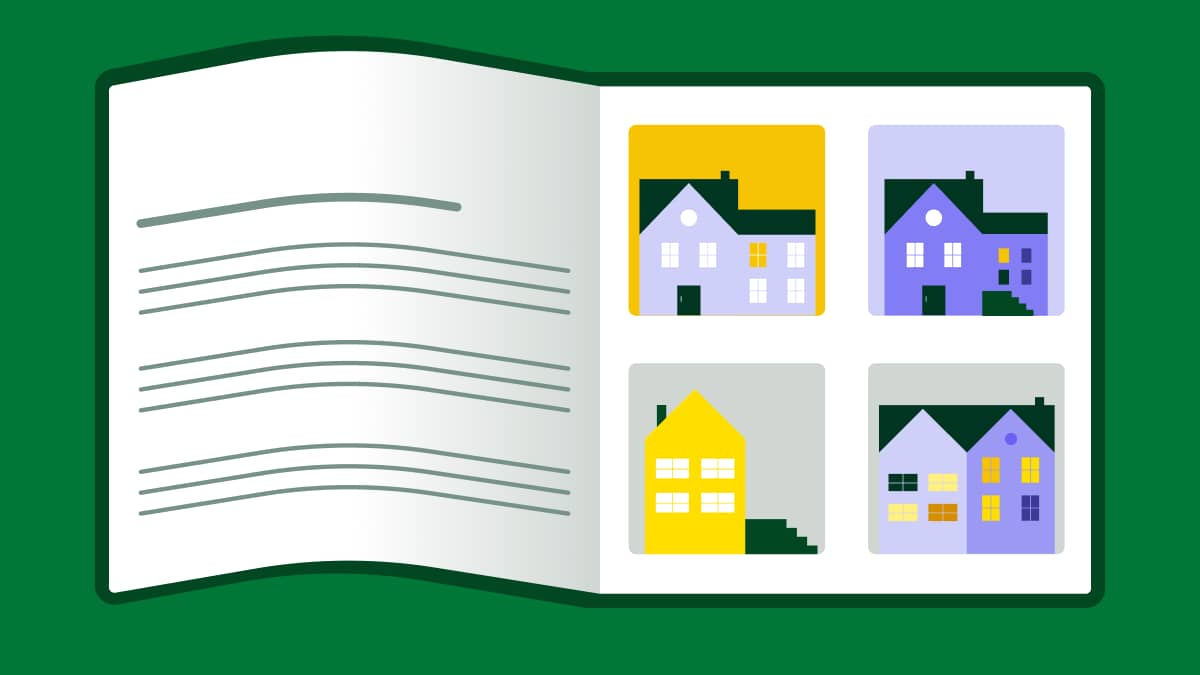Successful sales teams understand the best way to reach sales and revenue goals is to attract not just more leads, but better leads.
You need to generate awareness and build authority through the marketing funnel, then focus resources on nurturing high-quality leads through the sales funnel until they close.
In this article, you’ll learn how to do just that. We’ll share how to streamline your sales process by developing a lead funnel, the three primary stages involved and how to build an optimized funnel in five steps.
What is a lead funnel?
A lead funnel is a representation of the process a prospect moves through from “lead” to “customer”.
The funnel is made up of three stages (awareness, consideration and conversion), each with its own predefined set of steps. These steps are known as the sales process, or the map that your sales reps follow to nurture new leads from the first touch to deal close.
Every customer journey is unique, so lead funnels aren’t meant to be rigid playbooks. Rather, they provide key guidance that helps your team determine which activities and tactics are most appropriate for a given prospect and their circumstances.
For instance, a buyer at the bottom of the funnel is more likely to be open to a sales demonstration or free trial right away. On the other hand, a top-of-funnel lead in the awareness stage may need to be nurtured with sales enablement resources that explain why your product or service is the best fit.
teams work closely together, but often execute lead-building in different ways.
To understand how each team approaches lead generation (separately and together), we must first define the difference between lead funnels and the lead generation sales funnel.
Lead generation funnel
A lead generation funnel focuses specifically on the marketing part of the overall lead funnel.
This funnel is typically comprised of awareness, lead capture and prospect stages and lives above the sales lead funnel. Once the prospect becomes a marketing qualified lead (MQL), they’ve reached the bottom of the marketing lead generation funnel and enter the top of the sales lead funnel.
The sales lead funnel represents a large part of the lead funnel:

Typically your marketing strategy and the team behind it are responsible for generating leads.
They often use the inbound model (a strategic approach to building connections through content) and engage in tactics such as email nurture sequences and targeted social media ads to fill the top of the lead funnel (or the top three stages pictured above).
This effort brings in MQLs (marketing qualified leads) that must be qualified or checked to ensure they align with your ideal customer profile. If they are deemed quality leads, they’ll be pushed through to the next stage, or the top of the sales lead funnel.
Depending on your team structure, there may be a handoff to sales at this point or the two departments may continue to collaborate. The latter is common in the account-based marketing approach, where sales and marketing teams target specific high-value accounts through personalized interactions.
What is a lead magnet funnel?
A lead magnet is a tool you use to capture interest and convince potential customers to give you their contact details.
Here are a few common examples:
Ebooks
Guides
Webinars
Free trials
Whitepapers
A lead magnet funnel sits within the lead generation funnel and is intended to educate potential customers and get them excited about learning more and entering the sales funnel.
Sales funnel
The term sales funnel is largely a synonym for lead funnel. Sales funnel activities take place after the lead is generated, not before.
This is where the sales pipeline comes into play.
Your sales pipeline refers to the leads you’re speaking to right now. Typically, the pipeline is separated by sales process stages (e.g. Contact Made, Needs Defined, etc.).
Generally, you’ll use a CRM platform to manage your sales pipeline visually, like this:

Three primary lead funnel stages that track buyer progress
While every customer’s journey is different, most go through three broad stages when assessing a purchase decision.
These are generally known as the awareness, consideration and conversion stages, or top of the funnel (TOFU) middle of the funnel (MOFU) and bottom of funnel (BOFU).
Let’s look at each in more detail.
Top of funnel (Awareness)
Top-of-funnel leads have recently become aware of a given challenge they’re facing.
They’ve decided it’s a problem worth solving, so they begin their research process which might involve:
Google searches for relevant solutions (products or otherwise)
Discussing the issue with friends, family or colleagues
Sharing social media posts on professional networks to see if others have similar issues
Let’s say the owner of a growing small business has been building an email list for years but isn’t sure how to leverage this asset to grow sales.
They may have some email marketing questions, such as:
“How can I email hundreds of people at once?”
“How can I design beautiful emails like the kinds I receive from big retailers?”
“How do I know how well my emails are performing?”
They aren’t necessarily looking for a product or service to purchase, but are eager to learn more and dig deeper.
As such, sales and marketing activities aimed at top-of-funnel leads should be educational rather than promotional.
SEO (search engine optimization) focused blog posts that answer common user queries are a strategic way to capture top-of-funnel traffic.
For example, our blog post on email marketing metrics is intended to answer “How do I know how well my emails are performing?” If a potential customer clicks on our article and we sufficiently answer their questions, they may dig a little deeper and uncover that we offer an email marketing solution.
These actions and growing considerations move them to the middle of the funnel.
Middle of funnel (Consideration)
Mid-funnel leads have moved beyond simply acknowledging their problem. They’ve engaged in research and found that their challenges are best solved by implementing a product or service.
This is dubbed the consideration stage as customers are considering a variety of solutions.
Referring back to the email example, the business owner will likely learn that they have a couple of different routes to take.
One would be to purchase an email marketing software tool. Another would be to hire an agency or contract to outsource the work.
This is where marketing and sales teams begin to make their case. Activities transition from educational to promotional: you’re not trying to pitch your product or service just yet, but your goal is to make the argument for choosing your offering over others.
As an example, an email marketing agency might publish a case study that tells the story of a business owner who tried to go it alone but ultimately got better results when they outsourced the work.
A company with an email marketing product would do the opposite and focus on the ability to own the process in-house, save on costs and develop internal expertise.
Bottom of funnel (Conversion)
Leads in the bottom of the funnel have determined that your product or service category is the right solution. Now, they need to decide which specific product to go for.
They’ve most likely narrowed it down to a consideration set with two or three options.
Here is where you can throw the full weight of your sales and marketing efforts into promoting your solution over the rest. For instance:
Share customer testimonials and case studies
Offer sales demos and free trials
Promote discount codes
As you’ve established that the sales lead is interested, all of your energy now goes into convincing them that your solution is the right choice.
How to build a lead generation funnel to attract and convert new buyers
Here’s how to build a lead generation funnel that helps you close more deals and improve conversion rates.
1. Map out the customer journey
To set a strong foundation, it's critical to understand the steps your typical customer goes through from awareness to conversion.
This process is known as customer journey mapping.
First, separate the journey into broad stages. Use the three funnel stages from above (awareness, consideration and conversion) or narrow it down even further. This may look like:
Consider
Explore
Compare
Test
Negotiate
Under each stage, list out the key activities customers typically engage in.
Take this example customer journey map for a new vehicle purchase from Nielsen Norman Group:

Note how there is more than one activity in each stage. During the “explore” phase, the customer visits a dealer’s landing page, creates an account and downloads the mobile app.
To uncover these common touchpoints in your own business, and which stage they fit into, you’ll need to speak with your customers.
Surveys can be a great way to collect quantitative data. Ask questions like:
How long does your research process take?
Which of the following sources of information do you use during the research process?
How many options were in your consideration set before you decided to purchase from us?
From there, set up qualitative interviews with your most engaged customers. Ask questions to elicit deeper conversations about the purchase journey, such as:
How did you first learn about us?
Why did you decide to purchase from us?
What concerns or objections did you have during the decision process?
2. Determine the methods you’ll use to attract customers
Use your customer journey map to inform which channels and methods you’ll use to get in front of potential customers.
If you discover that they rely heavily on review sites like G2 and Capterra to research software platforms, for instance, then improving your presence on these channels is wise.
Testing and experimentation work well here.
For example, you may have identified that your buyers spend a fair amount of time on social media platforms like Instagram and Facebook. Running ads on both platforms would make sense, but they may not perform equally in terms of lead generation success.
To avoid wasting time and resources, run tests on both before launching a full-scale campaign, then double-down on the channel that delivers the best results.
3. Design your lead gen offer
The catalyst for lead generation is always some form of offer as customers are unlikely to hand over their contact details for nothing.
Retail and ecommerce brands often share a discount code in exchange for contact information. For B2B and service companies, lead magnet content like ebooks can be effective as long as the offer (and accompanying call-to-action or CTA) is compelling.
This ebook from Foundr magazine, for instance, makes a compelling proposition. They propose that in exchange for an email address, they’ll show you how to get your first 10,000 followers on Instagram.

4. Build a sales pipeline for lead management
From here, you’ll need a consistent process for communicating with sales prospects, qualifying them, answering questions and objections and ultimately closing the deal.
This process is called sales pipeline management.
First, you’ll need to define the steps in your sales process. The typical process looks something like this:
Lead generation
Prospecting and initial qualification
Needs analysis and further qualification
Sales demo
Objection handling
Negotiation
Close
Your process may vary slightly based on your specific industry, product and sales approach (i.e. if your team is involved in outbound or inbound sales).
Next, head to your CRM or sales engagement platform and create pipeline stages for each step in that sales process.

Lastly, you’ll need to connect your sales pipeline with your lead generation tool.
For instance, if you’re using Pipedrive as your CRM and Leadfeeder as your B2B lead generation tool, you can integrate both platforms so new prospects appear immediately in the first stage of your sales pipeline.
5. Decide where the marketing-to-sales handoff happens
One of the most critical aspects of lead funnel development is understanding exactly where marketing stops and sales starts.
In the traditional model, marketing generated potential leads, then sales would take over and nurture them into paying customers.
As sales and marketing have evolved, however, the two departments are teaming up to communicate with leads in tandem at every stage of the funnel.
For example, sales may get involved in the lead generation process through content marketing and social selling efforts on platforms like LinkedIn. Marketing can support sales by using automation to run email campaigns focused on delivering educational content to already qualified leads.
The choice on where to hand off from marketing to sales is yours and depends largely on how you’ve designed your sales process.
Regardless, it must be specified that if there is a point where marketing steps aside, all of the relevant data such as engagement history (not just contact information) is shared with sales.
Final thoughts
Developing a lead funnel management system is crucial for getting in front of your target audience, attracting attention and converting prospects into customers.
However, simply generating leads is not sufficient. Your team needs a system for taking leads from the top of the marketing funnel to the bottom of the sales funnel. This includes:
Capturing customer information
Storing contact records
Automating communications
Tracking progress toward sales and marketing goals









